On a small lot overflowing with blooms, Betsy Fleenor brings the romance back to her Birmingham garden
Tudor Cottage
Who hasn’t dreamed of coming home to a cottage garden? Densely planted with everything from flowers to fruit, they exude grace and charm. When Betsy Fleenor and husband Michael purchased their Birmingham Tudor-style home, the front yard was very different from what you see today. The carpet of grass and boring shrubs didn’t enhance the house. Betsy envisioned a cottage-style garden, but it took 15 years for the garden of her dreams to become a reality. Out came the lawn, and in went the up-front flowers woven into a tapestry of shrubs, roses, natives, herbs, and vines. “Now our Tudor-style house feels like a home, and it has the cottage-style garden it deserves,” says Betsy.
Cozy Cottage Garden
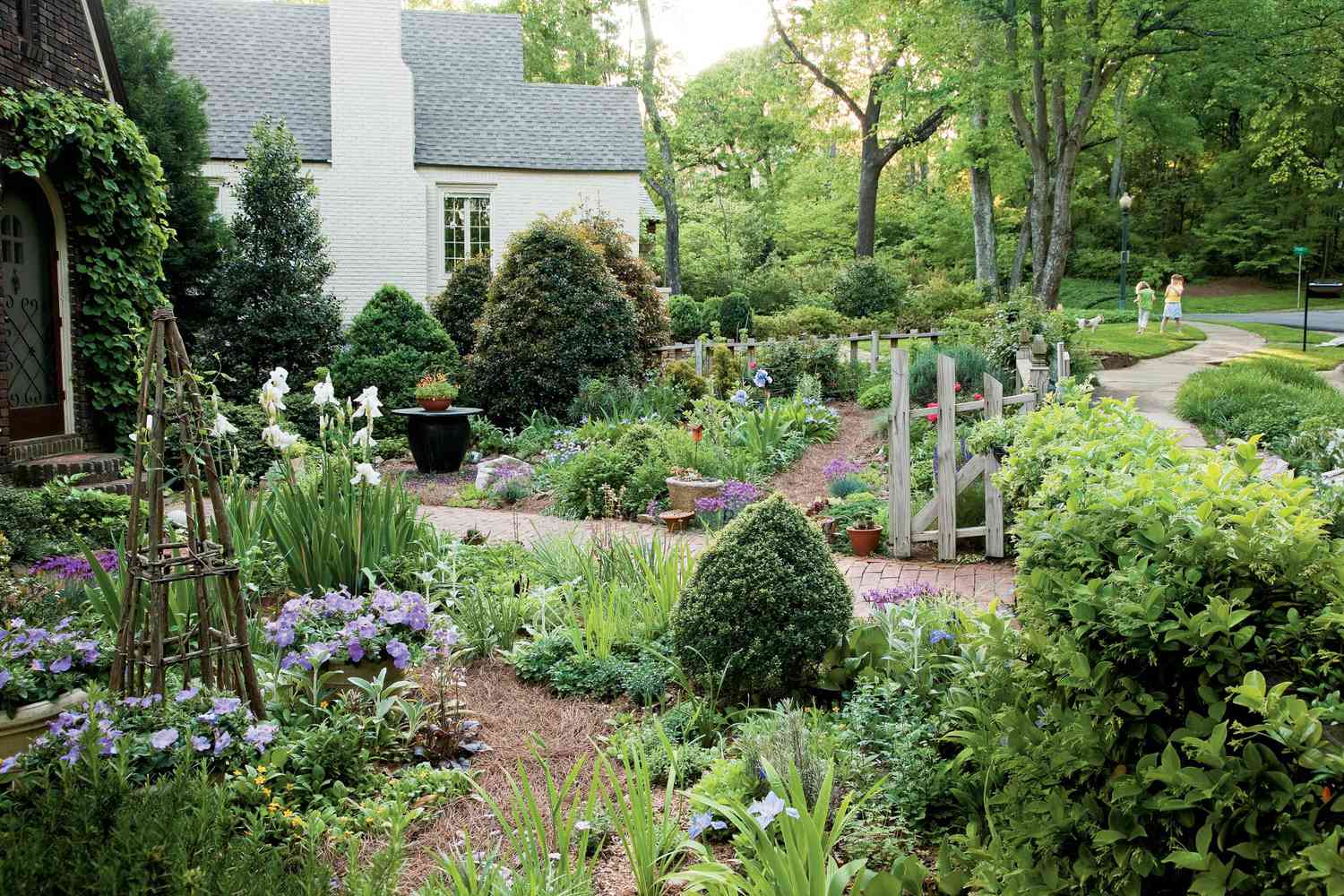
The original English cottage gardens (named for the humble homes they grew in front of) were informal in nature and simply supplied a family’s needs. Meticulously tended to ensure productivity, plants guaranteed to succeed were often shared among friends. As food became more available from markets, cottage gardens became more ornamental, though just as packed with plants. This is how Betsy’s garden is, and while many cottage gardens can look tired at the end of a season, hers is always neat and presentable.
Betsy’s Keys to Success: Improve Your Soil

It’s the foundation for all gardens, especially those that are densely planted. Working with William Cureton (aka Captain Compost, captaincompostalabama.com), Betsy tilled in microorganism-rich compost before planting. “I continue to add an inch or two of compost each February,” she says. “This breaks down to feed plants as they emerge. When the weather heats up in May or June, I mulch with shredded pine bark.”
Betsy’s Keys to Success: Define the Space
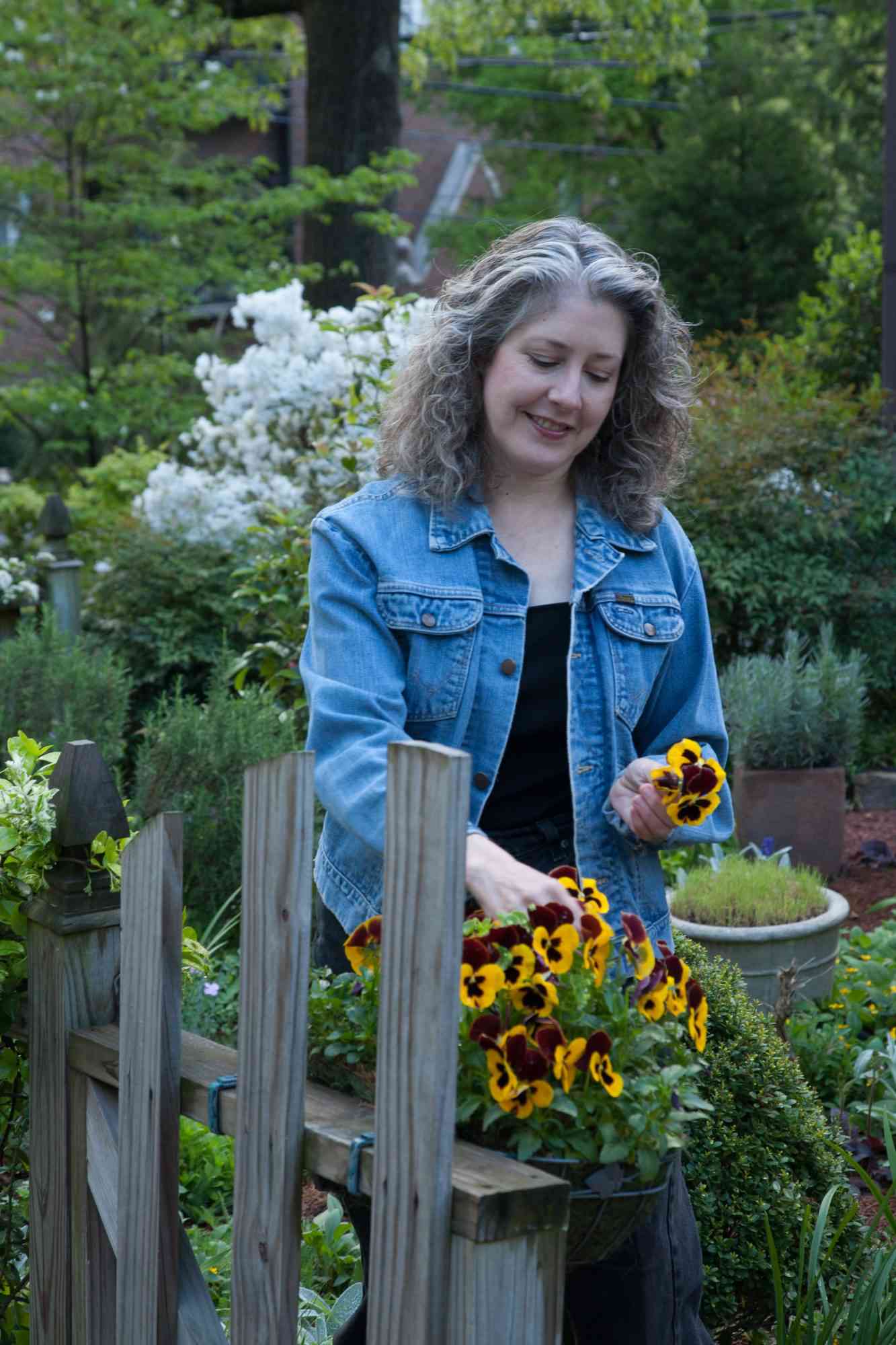
Fences and hedges denote boundaries and give order to a free-form landscape. A rustic, gap-toothed fence separates Betsy’s yard from the front walk and continues down the sides. “I wanted a fence that was loose and weathered and allowed flowers to poke through,” she says. In winter, the fence lends structure and helps camouflage bare spots.
Betsy’s Keys to Success: Organize with Paths
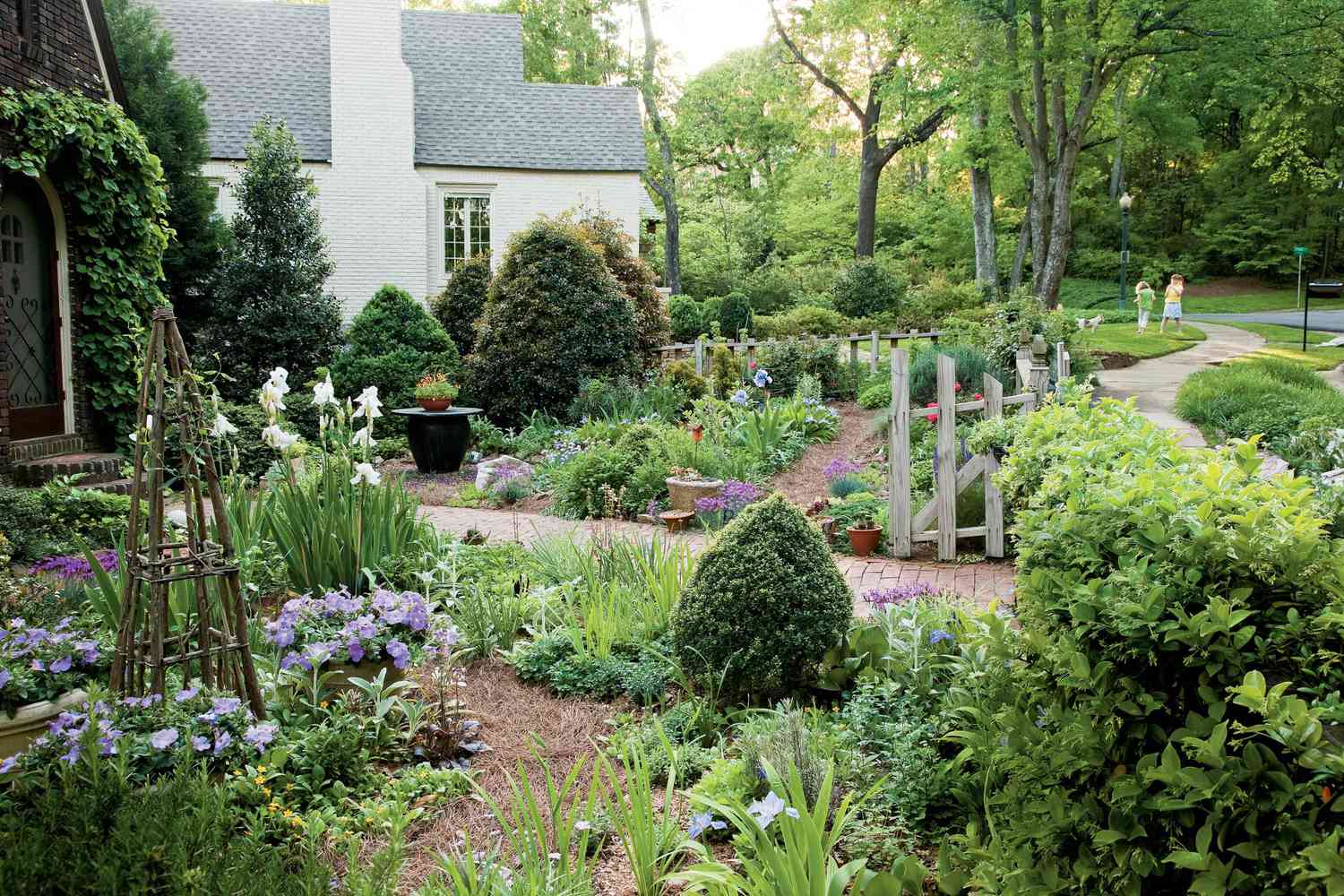
The main brick walk connects the house to the street, beckoning guests. A gentle curve gives the illusion of more space. A secondary path made from crushed red dog gravel runs the width of the home, enabling access to hose bibs, the side garden, and rear storage. Tertiary paths mulched with pine straw divide the beds for easy maintenance.
Betsy’s Keys to Success: Make it Meaningful
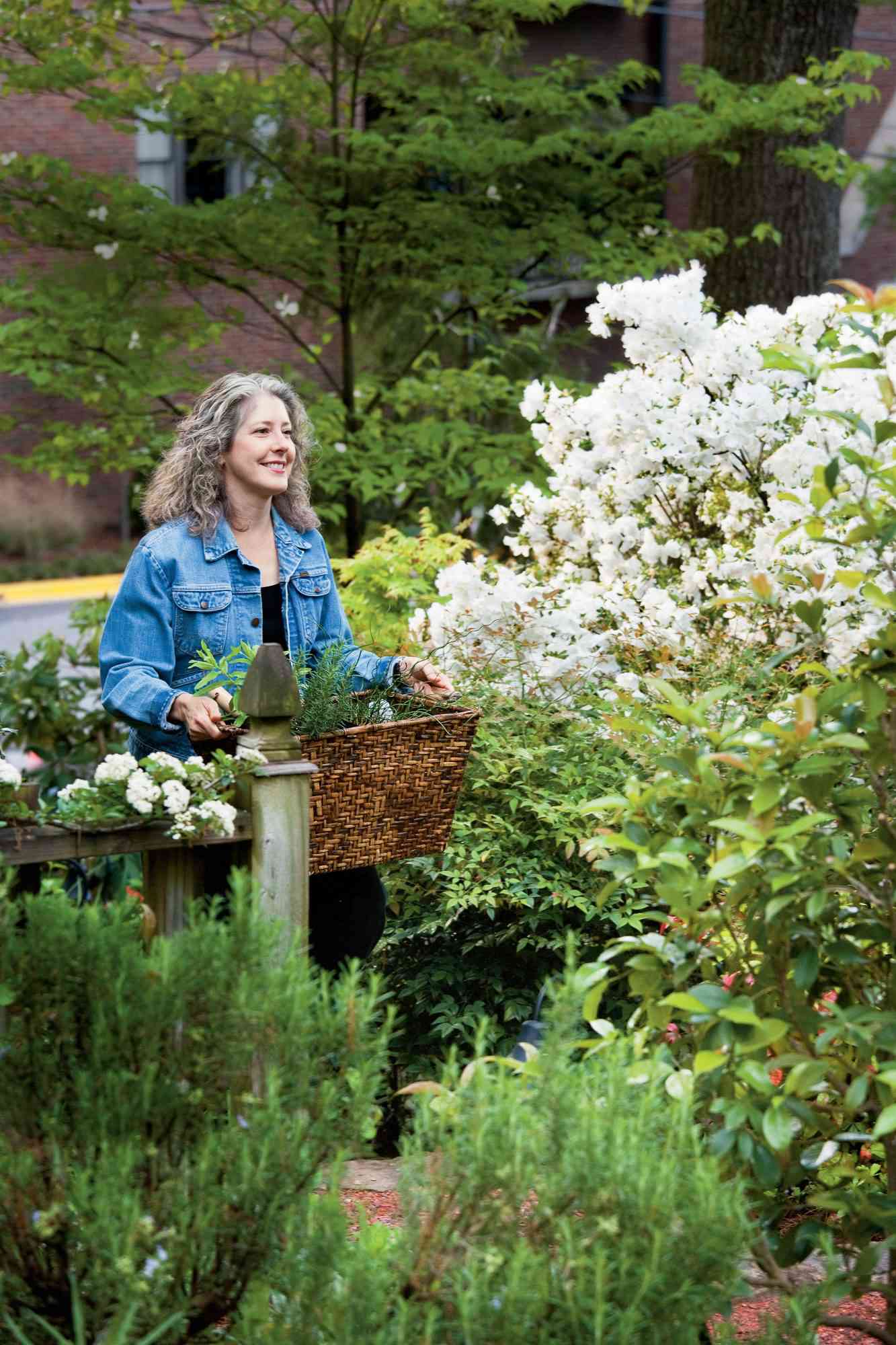
Pass-along plants keep memories alive. “One of my mischievous buddies refused to reveal a plant’s identity, and we had a good laugh when I discovered it was an aster that grew 8 feet tall!” Betsy recalls. The plant was later relocated to a more appropriate spot. Shared advice is meaningful too. A volunteer at the Birmingham Botanical Gardens, Betsy grows many native plants that are offered at the Gardens’ plant sales. “I enjoy sharing my personal experiences with customers,” she says. And there’s no substitute for first-hand advice.
Container Height Variation
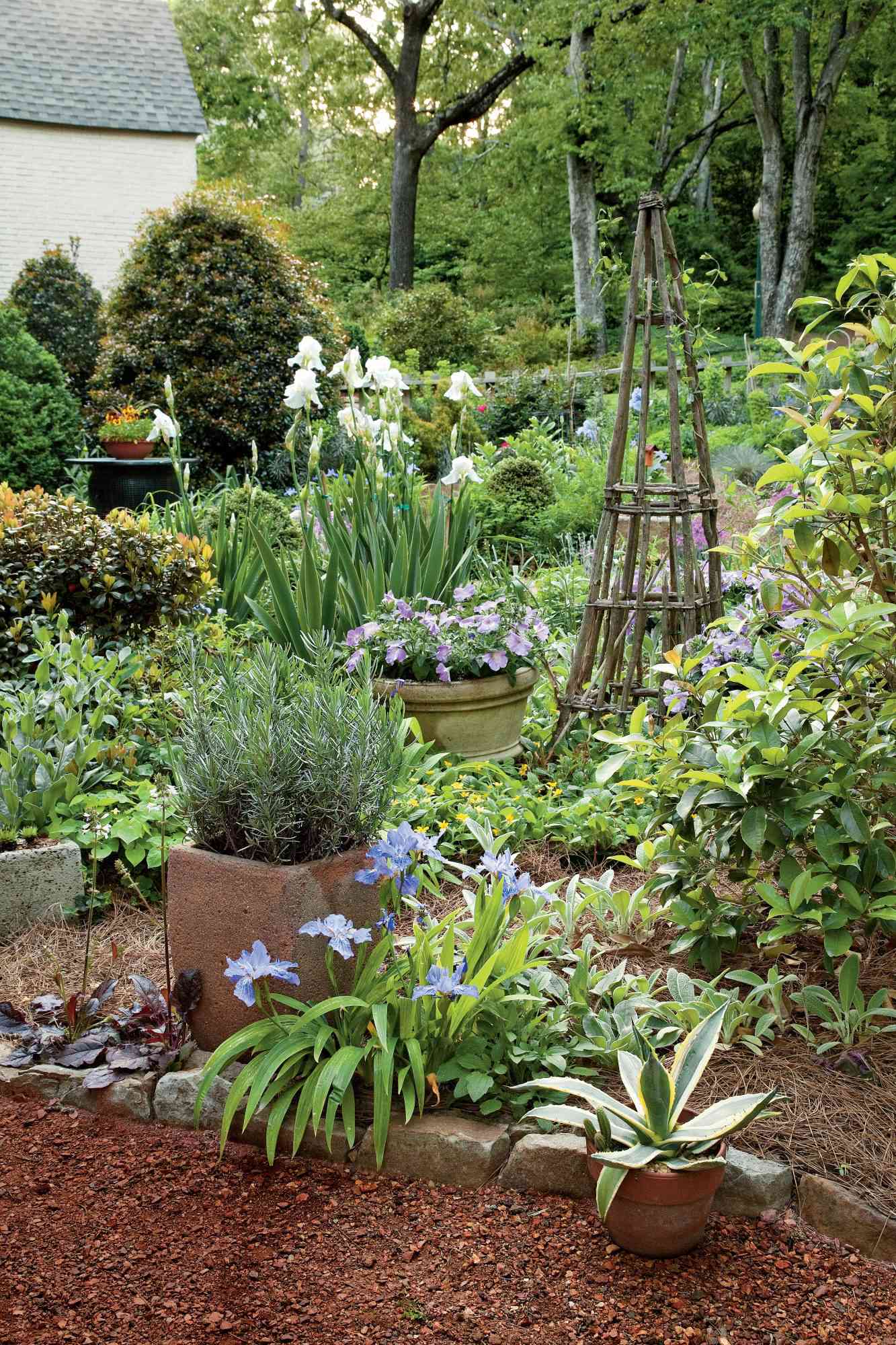
Tall accents such as bearded irises and a tuteur (upright support) bring a sense of scale and add dimension to a lush space near the garden’s center.
Multiple Seasons of Interest
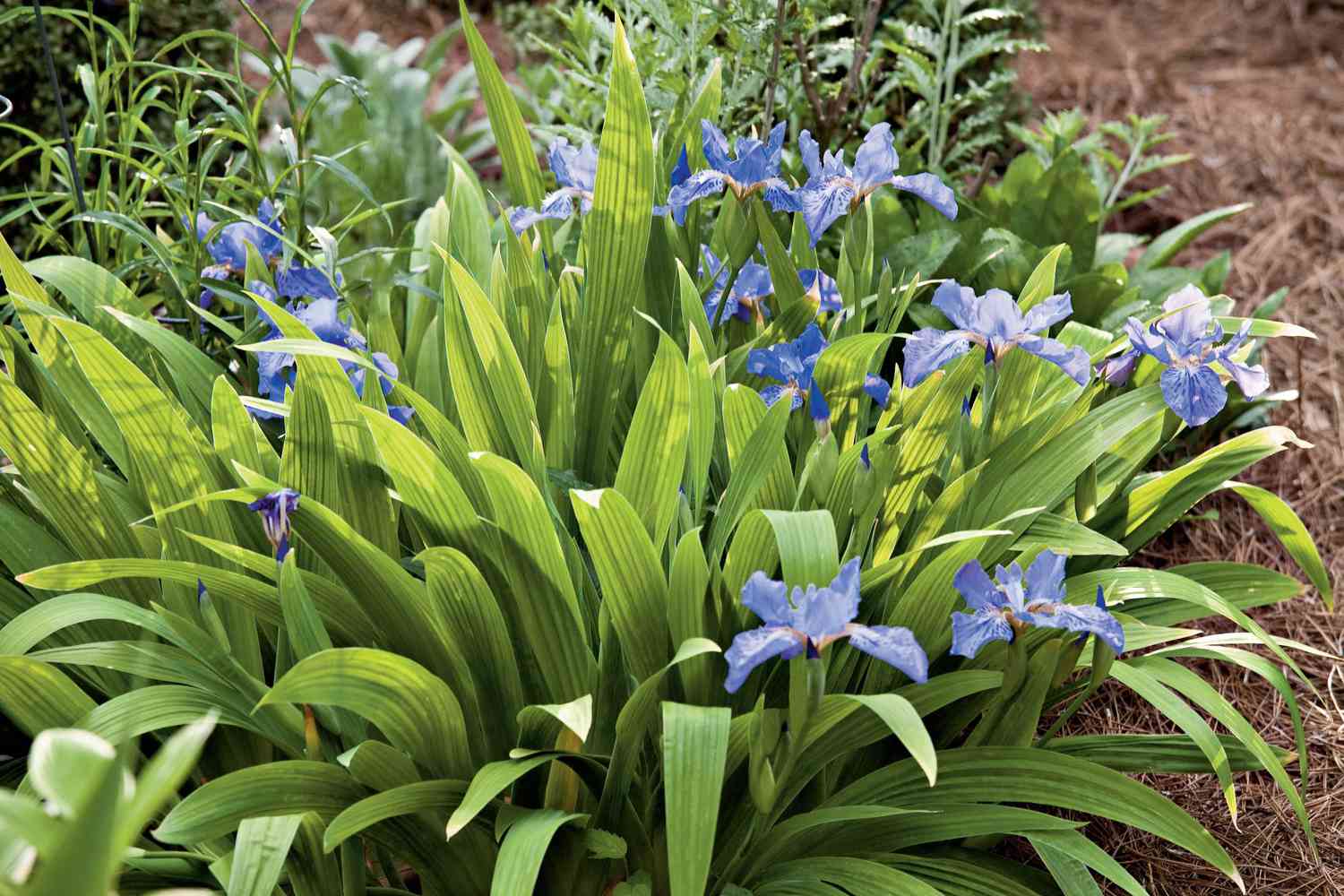
Betsy chose plants with foliage in a variety of pretty colors and textures ensure that the garden is gorgeous even when the flowers aren’t in bloom.
Creative Reuse

This unused pot fountain was repurposed as an accent table and stand for a colorful container planting.
Ground Cover
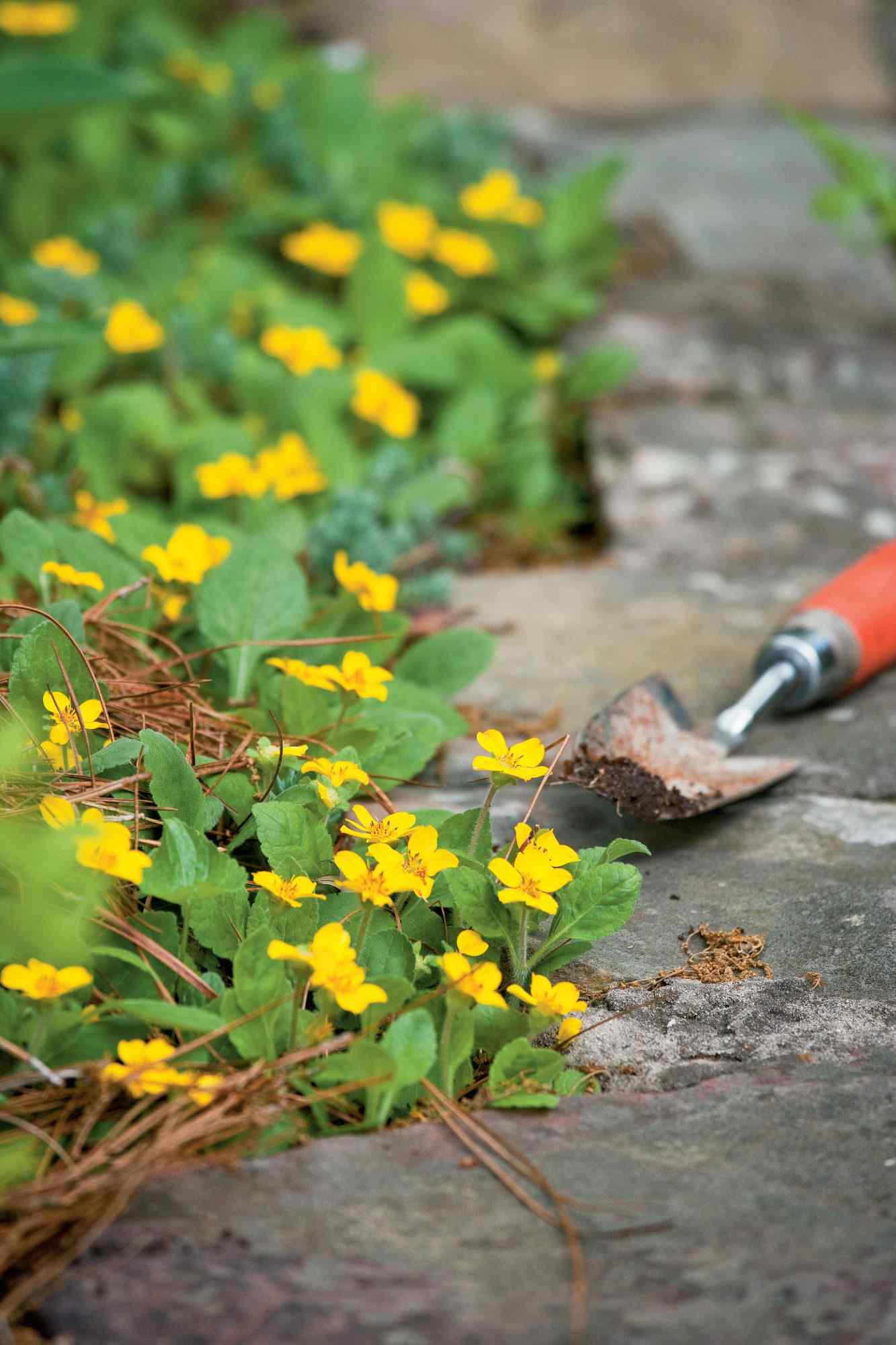
Ground covers that bloom add an extra punch of color to Betsy’s garden.
Container Accents

Paths weave through Betsy’s garden, making maintenance easier. She tucks in colorful containers to fill bare spots.
Vine Door Accent

The romance of Tudor-style architecture begs for a charming cottage garden. A climbing vine brings the garden to the architecture itself.
Get the Cottage Look
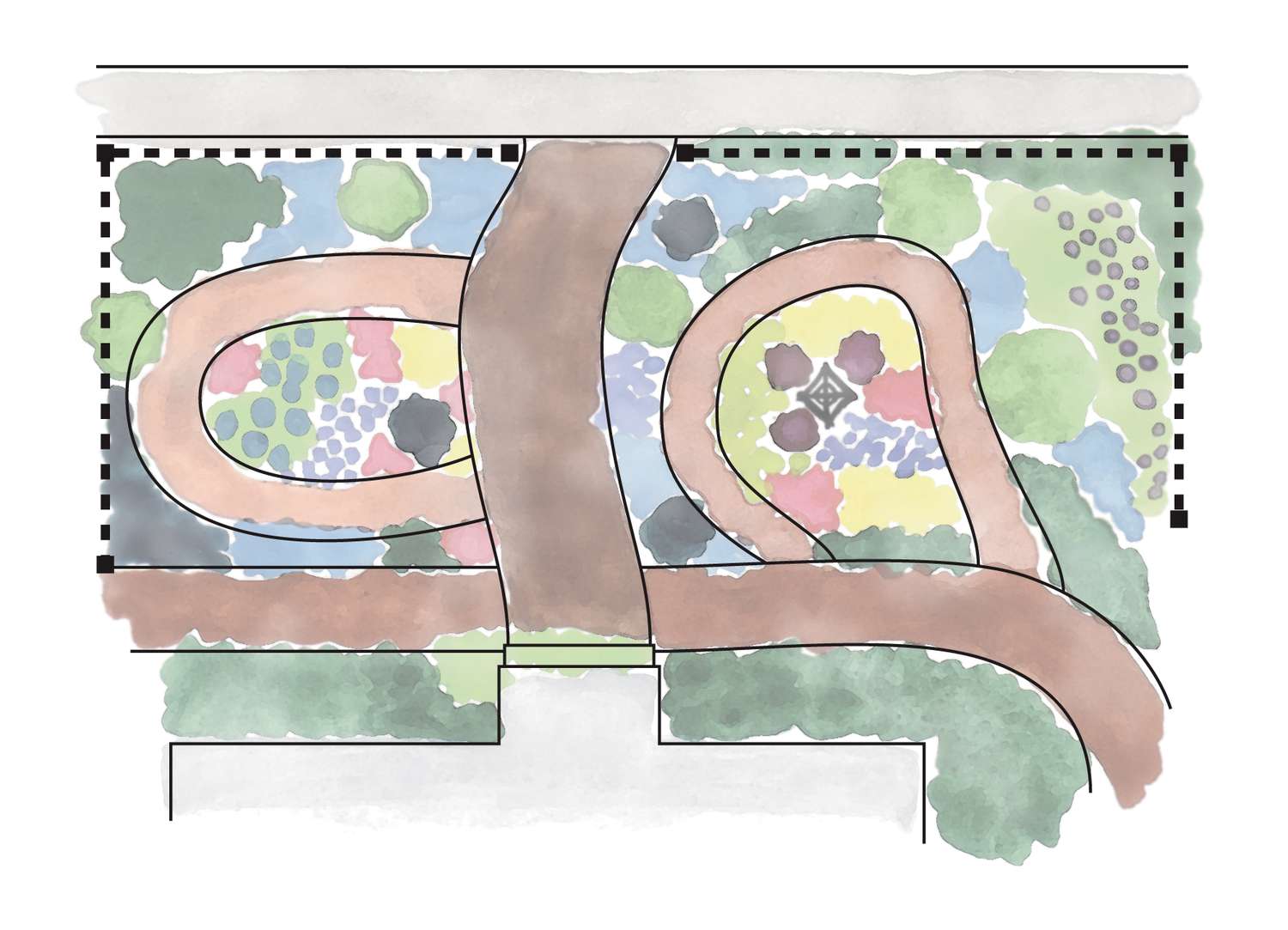
Here’s how to create this lush, romantic style.
- Choose a variety of plants for a casual feel.
- Try materials that are traditional and timeless.
- Use dense plantings to maximize space.
- Mix ornamentals and edibles such as old roses and cabbages for a classic look.
- Tell a story with pass-along plants that have meaning.
- Add charm with fences or hedges designed to keep animals out of veggies.